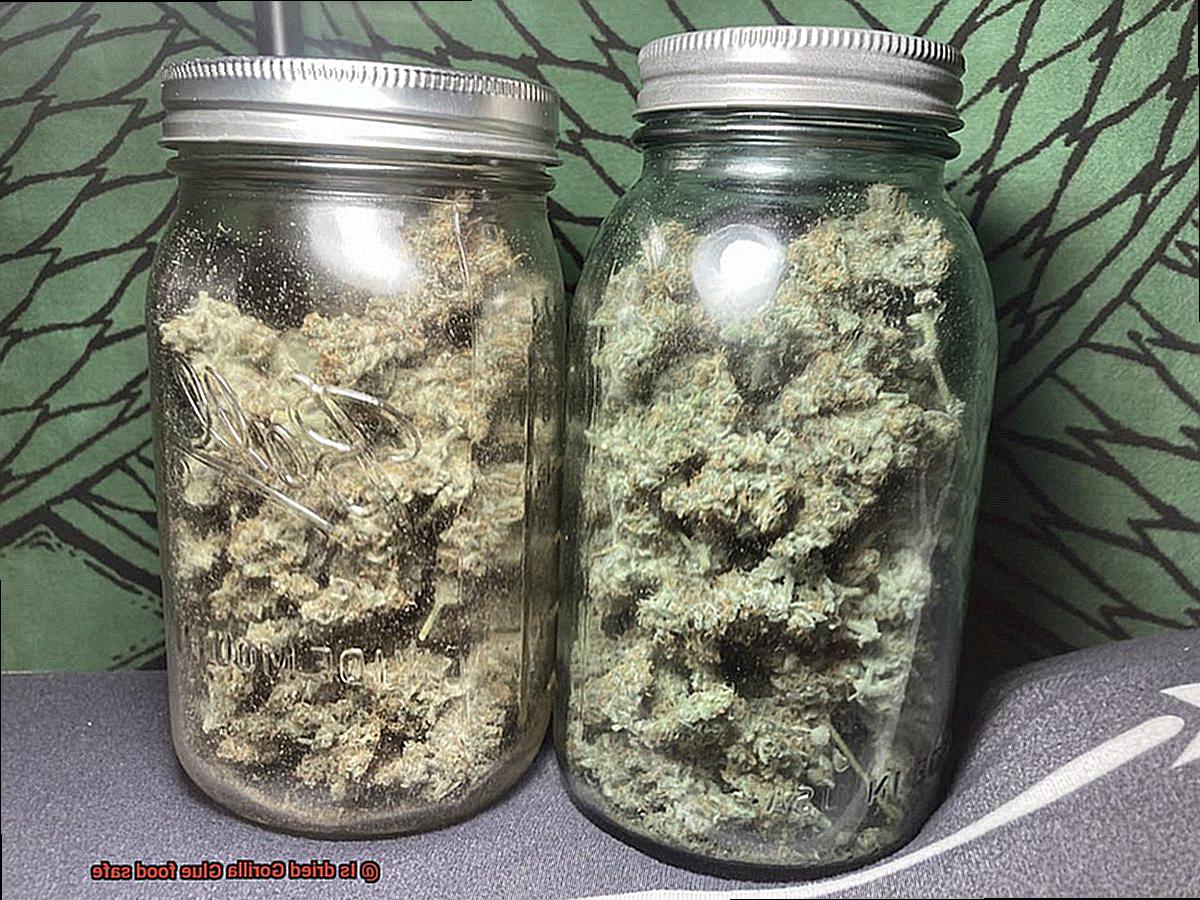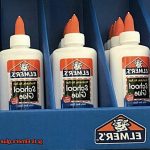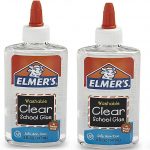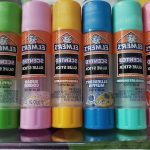Ever had a kitchen mishap where Gorilla Glue somehow ended up near your food? Yikes.
It’s a situation we’ve all found ourselves in, and it begs the question – is dried Gorilla Glue actually safe to eat? Today, we’re diving into this intriguing topic to uncover the truth behind consuming dried Gorilla Glue.
So, grab a cup of coffee, take a seat, and let’s explore whether this popular adhesive can pass the food safety test.
What are the Ingredients in Gorilla Glue?
Contents
Gorilla Glue has earned a reputation as a powerhouse adhesive, renowned for its unwavering strength and unparalleled versatility. But what exactly composes this mighty adhesive? In this comprehensive exploration, we will delve into the ingredients that make up Gorilla Glue, unveiling their properties and essential safety considerations.
Polyurethane: The Bonding Dynamo
At the core of Gorilla Glue lies polyurethane, a synthetic resin that boasts exceptional bonding capabilities. This dynamic ingredient forms a robust and enduring bond between various surfaces, including wood, metal, stone, ceramic, and more. With polyurethane as its foundation, Gorilla Glue ensures that your projects remain intact even in the face of extreme conditions.
Diphenylmethane Diisocyanate (MDI): The Catalyst of Curing
MDI stands as another indispensable component within Gorilla Glue. As a cross-linking agent, it serves as the catalyst for the curing process. During this transformative stage, MDI interacts with other components to create a solid adhesive imbued with extraordinary strength. The resulting chemical reaction renders Gorilla Glue an adhesive force to be reckoned with.
Water: The Solvent for Seamless Application
Water plays a pivotal role in Gorilla Glue as a solvent. It facilitates effortless application and drying by evaporating during the curing process. While water itself poses no harm, it is important to acknowledge that other ingredients present in Gorilla Glue may impact its suitability for food-related applications.
Safety Considerations:
Although dried Gorilla Glue is generally deemed safe for incidental contact with food, it must never be intentionally consumed. Here are some vital safety considerations to bear in mind:
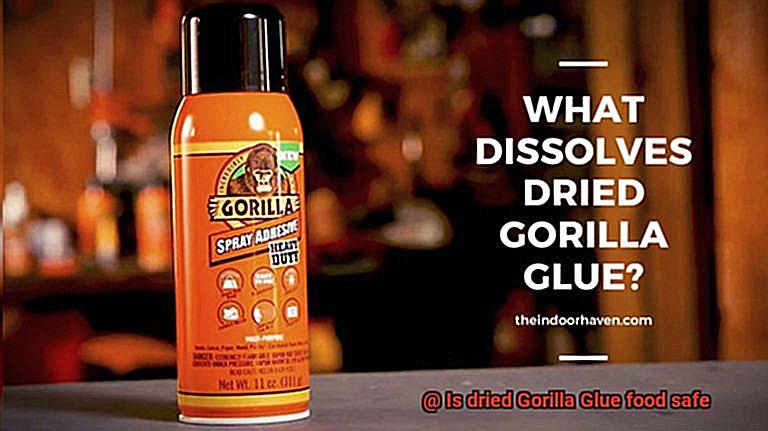
- Non-Food Grade Additives: Gorilla Glue incorporates additives and solvents that are not intended for consumption. Ingesting these substances can potentially pose health risks.
- MDI and Health Hazards: While MDI is safe once cured, it can cause respiratory issues and irritate the skin and eyes. Ingesting MDI may lead to more severe health complications.
Is Dried Gorilla Glue Food Safe?
Gorilla Glue, with its legendary strength and versatility, is a go-to adhesive for many projects. But when it comes to food, caution is advised. Let’s dive into the sticky world of Gorilla Glue and its compatibility with food to answer the burning question: Is dried Gorilla Glue food safe?
First things first, Gorilla Glue is a polyurethane-based adhesive renowned for its bonding prowess. However, when it comes to direct food contact, we have some concerns. While polyurethane is generally safe for incidental contact with food, dried Gorilla Glue is not intended for direct food contact.
Why? The adhesive contains trace amounts of diisocyanates, chemical compounds that can cause gastrointestinal issues if ingested over time. Symptoms like nausea, vomiting, and diarrhea may arise. So, if you accidentally munch on a piece of dried Gorilla Glue, drink plenty of water and monitor your symptoms. Seek medical attention if things take a turn for the worse.
To keep your food safe and sound, it’s best to avoid using Gorilla Glue in areas where it can come into direct contact with food or food preparation surfaces. Instead, opt for adhesives specifically designed for food-related applications.
Remember to always follow the manufacturer’s instructions when using any adhesive product, including Gorilla Glue. Proper ventilation and minimizing skin contact are key to avoiding any adverse health effects.
Health Risks of Ingesting Dried Gorilla Glue
Today, let’s explore the captivating realm of Gorilla Glue once again. We’ve already marveled at its immense strength and versatility, but did you know that ingesting dried Gorilla Glue can spell disaster for your health? That’s right, folks – this adhesive is certainly not on the menu.
Ingredient Analysis:
So, what exactly makes ingesting dried Gorilla Glue such a perilous move? Let’s begin by examining its ingredients. One of the key components of this potent adhesive is polyurethane, a type of plastic. When consumed, polyurethane can wreak havoc on your gastrointestinal system by causing severe blockages. Just imagine having a sticky situation brewing inside your digestive tract.
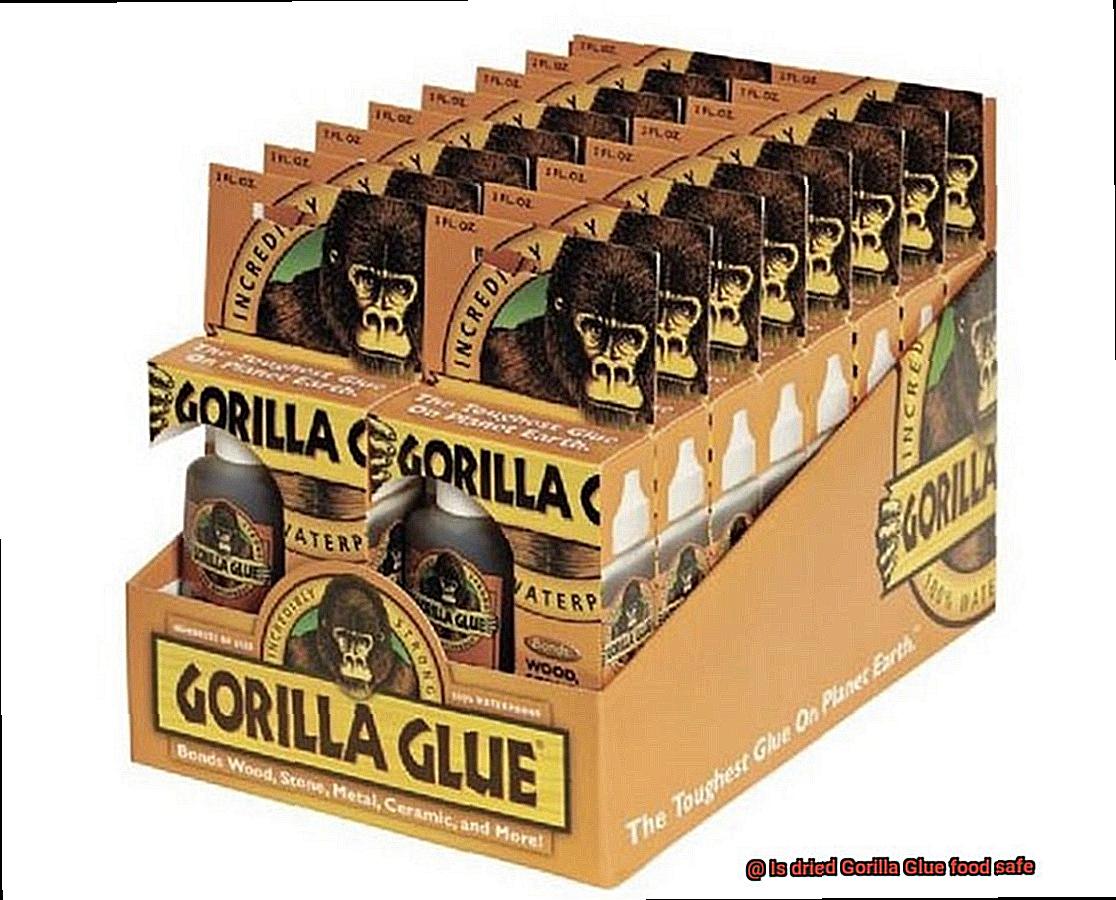
Toxic Chemicals:
But wait, there’s more. Gorilla Glue also contains a chemical called diphenylmethane diisocyanate (MDI), which becomes toxic when ingested. MDI possesses the power to irritate and inflame your digestive system, leading to an unpleasant symphony of symptoms including nausea, vomiting, abdominal pain, and diarrhea. Clearly, it’s not the recipe for a good time.
Adhesive Properties:
As if that weren’t enough cause for concern, Gorilla Glue’s adhesive properties take the danger to another level. This adhesive has an uncanny ability to stick to just about anything – even the walls of your digestive tract. Consequently, if you accidentally swallow some dried Gorilla Glue, it has the potential to cling to your insides and create hazardous blockages that impede the passage of food and waste. It’s like having a glue trap in your own body.
The Scary Reality:
Now brace yourselves for the truly terrifying part: even minor amounts of dried Gorilla Glue can have catastrophic consequences for your health. This adhesive solidifies and expands upon contact with moisture. So, if it finds its way into your stomach or intestines, it solidifies and wreaks havoc within your body. Talk about a sticky situation gone wrong.
Vulnerable Little Ones:
Let’s not forget about our little ones. Children are particularly susceptible to the perils of ingesting dried Gorilla Glue. Its candy-like appearance and texture can easily deceive them into believing it’s a delectable treat. That’s why it is absolutely crucial for parents and caregivers to keep products like Gorilla Glue out of reach and educate children about the potential harm of ingesting non-food items.
How to Avoid Using Non-Food Grade Adhesives

Not all adhesives are created equal, and using non-food grade adhesives can pose serious health risks. In this article, we will explore how to choose the right adhesive for food-related projects and emphasize the significance of avoiding non-food grade adhesives. Let’s delve into the details.
Read the Labels: Ensuring Safety at a Glance
When selecting adhesives for food-related projects, meticulously read the labels and product descriptions. Look for keywords such as “food safe,” “FDA approved,” or “non-toxic.” These terms indicate that the adhesive is suitable for use with food and adheres to safety standards.
Check the Composition: Materials Matter
Adhesive materials can vary, and not all are safe for contact with food. Opt for adhesives made from food-safe materials like natural rubber, silicone, or specific types of epoxy formulated for use with food. These materials are designed to be non-toxic and do not pose a risk of contamination.
Consider the Application: Tailoring Adhesives to Specific Needs
Different surfaces and materials require specific types of adhesives. For instance, when working on a project involving metal components for a food processing machine, choose an adhesive specifically designed for metal that is suitable for use in food-related environments. This ensures that the adhesive can withstand the conditions it will be exposed to.
Seek Expert Advice: Tap into Knowledgeable Resources
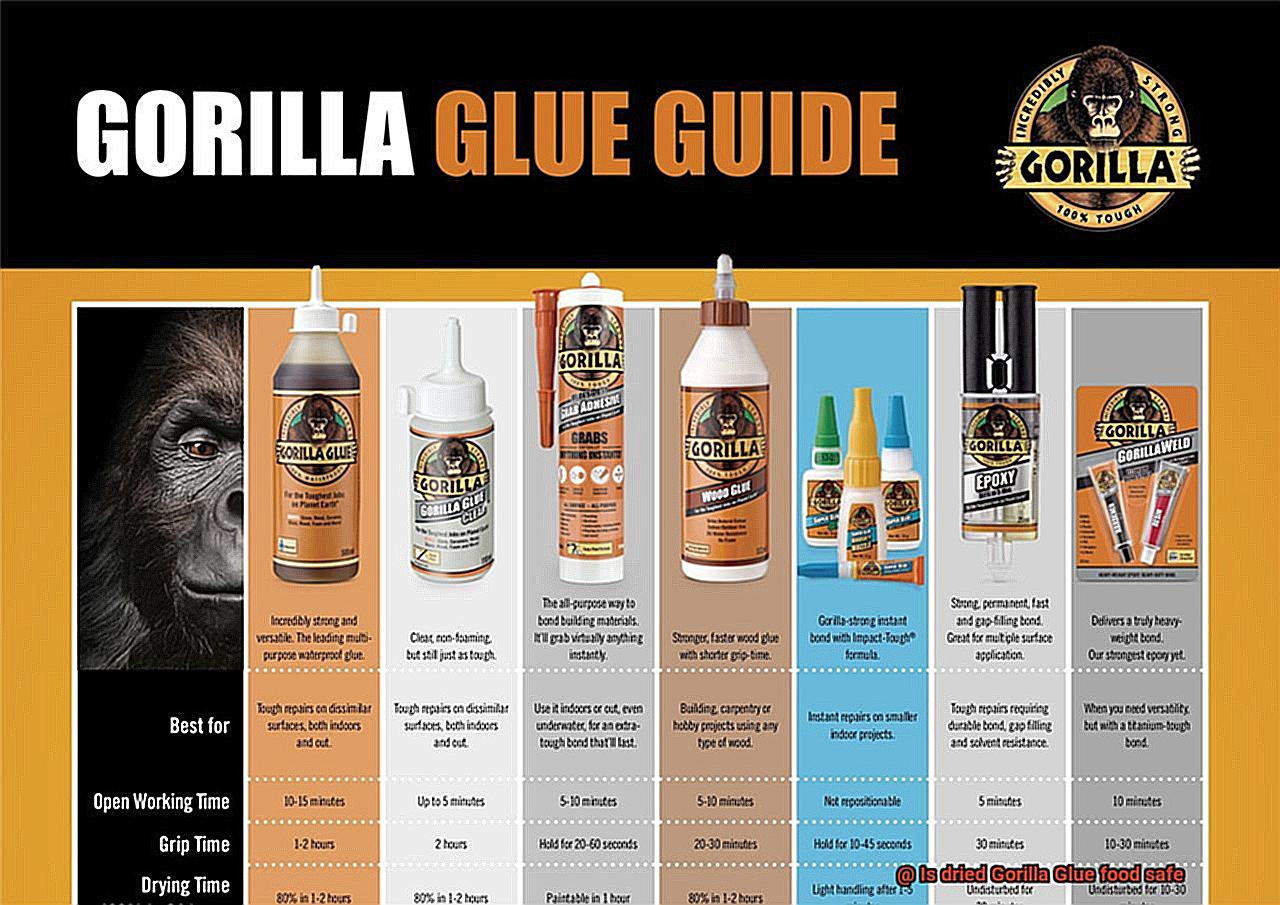
If you are uncertain about which adhesive to use, consult professionals or experts in the field who have experience with food-grade adhesives. Their expertise can provide invaluable guidance based on your specific needs and requirements, ensuring you make the right choice.
Regular Inspections: Vigilance Ensures Food Safety
Even if you have chosen a food-safe adhesive, regular inspections are crucial. Over time, adhesives can degrade or break down, potentially contaminating the food. Stay vigilant and inspect adhesive bonds that come into contact with food. If any signs of deterioration or damage are detected, replace or repair the adhesive promptly to maintain food safety.
Adhesives Labeled as Food Safe or FDA-Approved for Food Contact
Adhesives labeled as food safe or FDA-approved for food contact are specifically manufactured and tested to ensure they do not pose any health risks when they come into contact with food. The Food and Drug Administration (FDA) plays a vital role in regulating and setting guidelines for adhesives used in food-related applications. Here are some key reasons why it is important to use these adhesives in your culinary creations:
- No Nasty Chemicals: Adhesives labeled as food safe or FDA-approved undergo rigorous testing to ensure they do not leach harmful substances into our meals. This means no toxic compounds or heavy metals sneaking their way into your delicious dishes.
- Detailed Information: Manufacturers of these adhesives are required to provide detailed information about their products, including the ingredients used and any potential health hazards associated with their use. This allows you to make informed decisions and choose adhesives that are safe for your specific application.
- Say No to Contamination: Not all adhesives are created equal. Some may contain toxic substances or chemicals that can contaminate your food, jeopardizing your health. By opting for adhesives labeled as food safe or FDA-approved, you can ensure that your culinary masterpieces are free from any unwanted hitchhikers.
- Stick with the Experts: When in doubt, consult the manufacturer or a knowledgeable expert who can guide you on whether a particular adhesive is suitable for food-related applications. They can provide valuable insights and help you make the right choice for your project.
DIY Projects Involving Food Containers or Utensils
DIY projects involving food containers or utensils can be a fun and sustainable way to get creative in the kitchen. However, it’s important to consider the safety implications of the adhesives used in these projects. In this article, we’ll explore the potential risks and benefits of using different adhesives, as well as provide a list of exciting DIY project ideas to inspire you.
The Gorilla Glue Conundrum:
Gorilla Glue is a popular adhesive known for its versatility and strong bond. However, it’s crucial to note that Gorilla Glue is not specifically designed or labeled as food-safe. While it forms a hard and durable bond that can withstand moisture and temperature changes, using it on items that come into contact with food raises concerns about potential chemical leaching.
The Risks:
When dried, Gorilla Glue contains polyurethane, which can release toxic substances when heated or in contact with certain liquids. This poses a risk of chemicals leaching into the food. To ensure your safety and that of others, it’s recommended to use adhesives specifically labeled as food-safe.
Safe Alternatives:
Fortunately, there are alternatives to Gorilla Glue that are specifically formulated for use on food containers or utensils. Food-safe adhesives such as epoxy resin or silicone-based sealants provide a durable bond without posing a risk to your health. These adhesives meet regulatory standards, ensuring they do not contain harmful chemicals that can leach into your food.
Exciting DIY Project Ideas:
- Upcycled Food Container Herb Garden: Transform old plastic containers into a vertical garden for growing fresh herbs right in your kitchen.
- Utensil Organizer from Tin Cans: Repurpose tin cans as stylish organizers for your utensils, keeping your kitchen clutter-free and organized.
- Decorative Food Container Planters: Turn empty glass jars into beautiful planters by adding soil and your favorite plants, adding a touch of greenery to your kitchen.
- Personalized Utensil Handles: Give your cooking utensils a unique twist by customizing their handles with colorful beads, ribbons, or even polymer clay designs.
- Food Container Snack Dispenser: Create a handy snack dispenser by cutting a small hole in the lid of a plastic container, perfect for storing and dispensing your favorite snacks.
D076rtJc8Iw” >
Conclusion
In conclusion, it is abundantly clear that dried Gorilla Glue should never find its way onto your plate. While this adhesive may boast incredible strength and versatility for a myriad of projects, it harbors chemicals and additives that are simply not meant for consumption. The consequences of ingesting dried Gorilla Glue can range from uncomfortable gastrointestinal issues to potentially severe health complications.
Let’s delve into the nitty-gritty of why this glue is a no-go when it comes to food safety. One of its key ingredients, polyurethane, has the audacity to wreak havoc on your digestive system if consumed. And if that wasn’t enough cause for concern, diphenylmethane diisocyanate (MDI), another notorious component of Gorilla Glue, becomes downright toxic when ingested, irritating your poor digestive tract.
But wait, there’s more. The adhesive properties of Gorilla Glue make it an even greater menace if swallowed. Picture this: it clings to the walls of your digestive tract like an unwelcome guest overstaying their welcome at a dinner party. This hazardous sticking can create blockages that impede the passage of food and waste, turning your stomach into a battleground.
To ensure the utmost in food safety, steer clear of non-food grade adhesives like Gorilla Glue in any area where they may come into direct contact with food or food preparation surfaces. Instead, opt for adhesives specifically engineered for culinary applications. These gems undergo rigorous testing to guarantee they don’t leach harmful substances into our meals.
When embarking on DIY projects involving food containers or utensils, exercise caution by selecting adhesives labeled as “food safe” or “FDA-approved for food contact.” These have been put through their paces and proven safe for use with edibles.
Remember: while Gorilla Glue may be a superstar in many arenas, it definitely doesn’t belong on the menu when it comes to consuming dried glue. Prioritize your well-being by choosing adhesives specifically formulated for food-related applications, allowing you to savor your culinary creations without a worry in the world.

